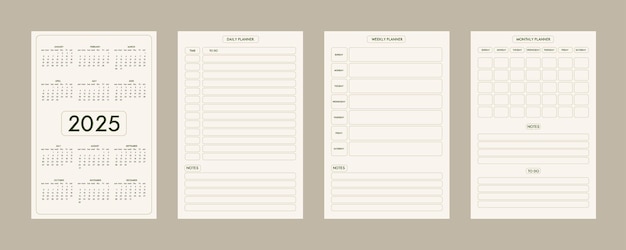The Art of Minimalism: Where to Begin
In a world cluttered with excess, minimalism stands as a beacon of clarity and purpose. More than just an aesthetic, it’s a way of life that prioritizes intentionality over accumulation. This article explores how to embrace minimalism, from decluttering physical spaces to cultivating a mindset that values quality over quantity. Whether you’re a curious beginner or seeking deeper insights, this guide provides practical steps to start your journey toward a simpler, more meaningful life.
Understanding the Core Principles of Minimalism
Minimalism isn’t about deprivation—it’s about conscious choice. At its heart, the philosophy encourages individuals to strip away the unnecessary, leaving only what adds value. The foundational principles include:
- Intentionality: Every possession, commitment, or habit should serve a clear purpose.
- Simplicity: Reducing complexity in surroundings and thoughts to foster peace.
- Quality over quantity: Investing in fewer, but better, items that last longer and bring genuine satisfaction.
Many associate minimalism with stark white spaces and bare walls, but its essence transcends aesthetics. It’s about curating your environment and life so that distractions fade, allowing focus on what truly matters. Whether applied to your home, schedule, or digital life, minimalism helps reclaim time, energy, and mental clarity.
Practical Steps to Start Decluttering
Transitioning to minimalism begins with action. While the idea might feel overwhelming, breaking the process into manageable steps makes it achievable. Here’s how:
- Start small: Tackle a single drawer, shelf, or category (like clothes) before moving to larger areas.
- The 90/90 rule: If you haven’t used something in 90 days and don’t plan to in the next 90, consider letting it go.
- Digital detox: Unsubscribe from unnecessary emails, delete unused apps, and organize files to reduce digital noise.
- Mindful consumption: Before buying, ask: “Do I need this, or is it a fleeting want?”
Decluttering isn’t a one-time event—it’s an ongoing practice. By consistently evaluating what enters your space, you prevent future accumulation. The goal isn’t perfection but progress toward a life with fewer distractions and more room for meaningful experiences.
Sustaining a Minimalist Mindset
Minimalism’s biggest challenge isn’t the initial purge but maintaining the mindset long-term. Society constantly pressures us to consume, so staying grounded requires conscious effort. Here’s how to embed minimalism into daily life:
- Practice gratitude: Focusing on what you have reduces the urge to acquire more.
- Set boundaries: Politely decline commitments that don’t align with your priorities.
- Reflect regularly: Periodically reassess possessions and habits to avoid slow clutter creep.
The minimalist journey is deeply personal—there’s no universal standard. For some, it might mean owning fewer than 100 items; for others, it’s about mindful organization. What matters is aligning your lifestyle with your values, allowing space for growth, creativity, and fulfillment.
Embracing minimalism is more than clearing out closets—it’s a transformative shift toward intentional living. By understanding its principles, taking actionable steps, and nurturing a sustainable mindset, you can create a life of purpose and freedom. The beauty of minimalism lies in its adaptability; it’s not about rigid rules but finding a balance that feels authentic to you. Start small, remain patient, and let each step bring you closer to clarity.




